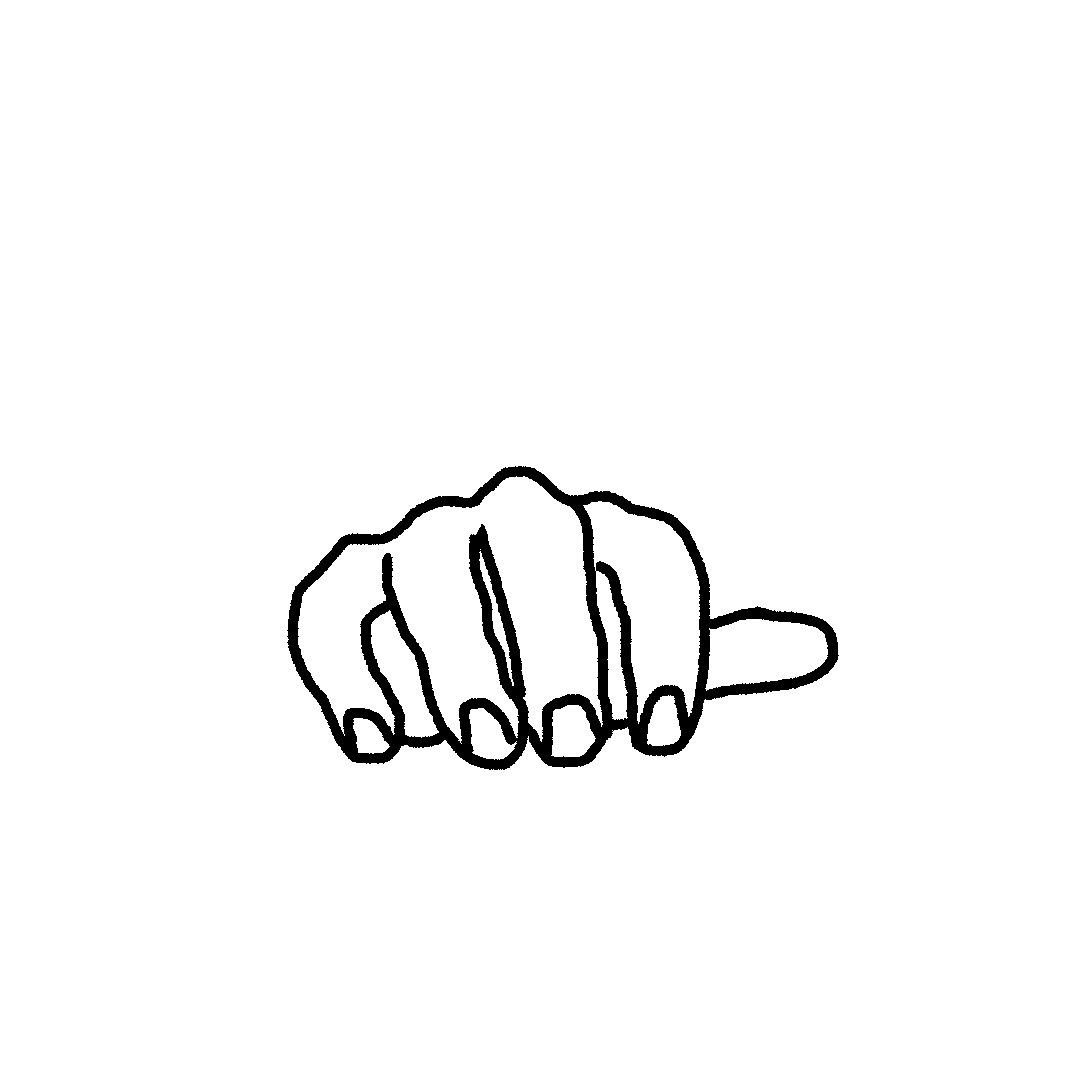DTG Print on t-shirt | apester.in
DTG Printing on T-Shirts: A Comprehensive Guide
Direct-to-Garment (DTG) printing has revolutionized the custom apparel industry by offering a precise, vibrant, and durable method for printing designs on t-shirts. Whether you are a small business owner, an artist looking to showcase your work, or someone who loves personalized fashion, understanding DTG printing can help you make informed decisions. This blog delves into the various aspects of DTG printing, including t-shirt types, the printing process, the technology involved, wash care, and the longevity of the prints.
What is DTG Printing?
Direct-to-Garment (DTG) printing is a process that uses specialized inkjet technology to print designs directly onto fabric. Unlike traditional screen printing, DTG allows for high-resolution, full-color prints without the need for stencils or screens. The process is highly efficient for small batches and intricate designs.
T-Shirt Types Suitable for DTG Printing
Not all t-shirts are created equal when it comes to DTG printing. The quality of the fabric plays a crucial role in achieving optimal results. Below are the best types of t-shirts for DTG printing:
100% Cotton T-Shirts: Cotton fabric provides excellent ink absorption, resulting in vibrant and long-lasting prints. Ringspun cotton t-shirts are particularly popular for their soft texture and print quality.
Cotton-Polyester Blends: Blended t-shirts with a higher cotton percentage (e.g., 80/20 or 90/10) are suitable for DTG printing, though the vibrancy may be slightly reduced compared to 100% cotton.
Pre-Treated T-Shirts: Some t-shirts come pre-treated for DTG printing, which enhances the adhesion of the ink and improves print durability.
T-Shirt Colors
- Light-Colored T-Shirts: Easier to print on as they don’t require a white ink base layer.
- Dark-Colored T-Shirts: Require a white underbase for the design to stand out, which may slightly affect the texture.
DTG Printing Process
The DTG printing process is simple yet highly precise, involving advanced technology to produce stunning designs. Here’s a step-by-step breakdown:
1. Design Preparation
The artwork is prepared using graphic design software. It must be in high resolution (300 DPI or higher) and in a format compatible with the DTG printer, such as PNG or TIFF. Transparent backgrounds are preferred for clean prints.
2. Pre-Treatment (For Dark T-Shirts)
Dark t-shirts require pre-treatment to ensure the white ink adheres properly to the fabric. The t-shirt is sprayed with a pre-treatment solution, which is then heat-pressed to dry and flatten the fabric.
3. Printing
The t-shirt is loaded onto the printer’s platen. The DTG printer uses water-based inks to print the design directly onto the fabric. The ink is applied in layers, ensuring precise color gradients and intricate details.
4. Curing the Print
After printing, the t-shirt undergoes a curing process. This involves using a heat press or conveyor dryer to dry and set the ink into the fabric, ensuring durability and wash resistance.
DTG Printing Technology
The technology behind DTG printing is what sets it apart from other methods. Here are some key components:
- Inkjet Technology: DTG printers use inkjet heads to spray water-based inks directly onto the fabric.
- Water-Based Pigment Inks: These eco-friendly inks are designed for fabric printing, providing vibrant colors and smooth finishes.
- Pre-Treatment Solutions: Enhance ink adhesion, especially on dark garments.
- Heat Press Machines: Used for curing the ink and pre-treatment solutions to lock the design into the fabric.
Popular DTG printer brands include Epson, Brother, and Kornit, each offering unique features for different business needs.
Wash Care for DTG Printed T-Shirts
Proper wash care ensures the longevity of DTG prints. Follow these guidelines to keep your t-shirts looking fresh:
- Turn Inside Out: Always turn the t-shirt inside out before washing to protect the print.
- Use Cold Water: Wash in cold water to prevent ink fading.
- Mild Detergent: Use a mild, non-abrasive detergent.
- Avoid Bleach: Bleach can damage the print and fabric.
- Gentle Cycle: Wash on a gentle cycle to minimize friction.
- Air Dry: Air drying is preferred over machine drying. If using a dryer, opt for a low-heat setting.
- Ironing: Avoid ironing directly on the print. If needed, place a cloth over the design.
How Long Do DTG Prints Last?
The lifespan of a DTG print largely depends on the quality of the printing process, the type of fabric, and how well the garment is cared for. On average, DTG prints can last 50-70 washes before noticeable fading begins. Following proper wash care can significantly extend the durability of the print.
 LOADING...
LOADING...

